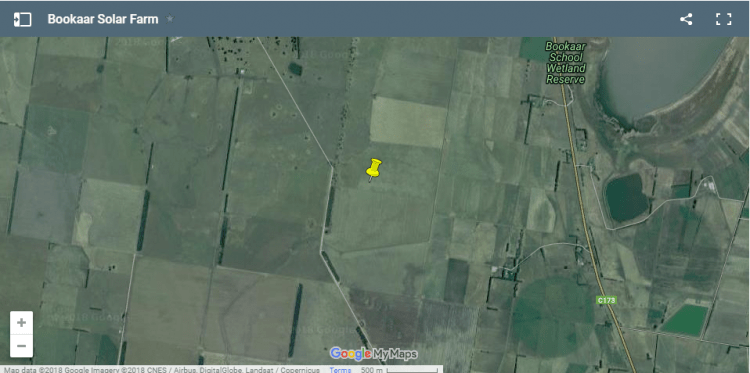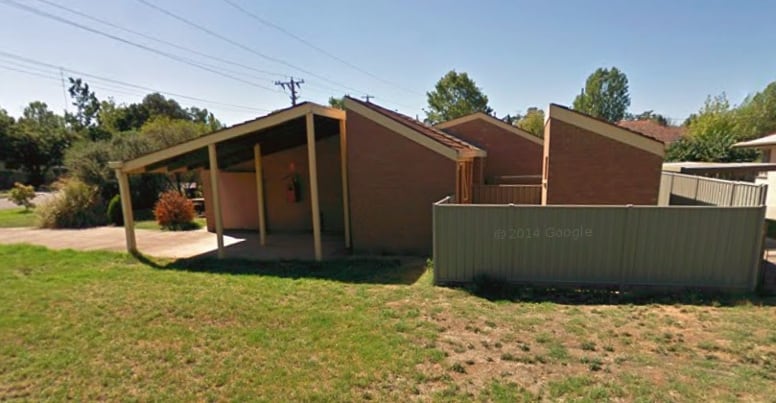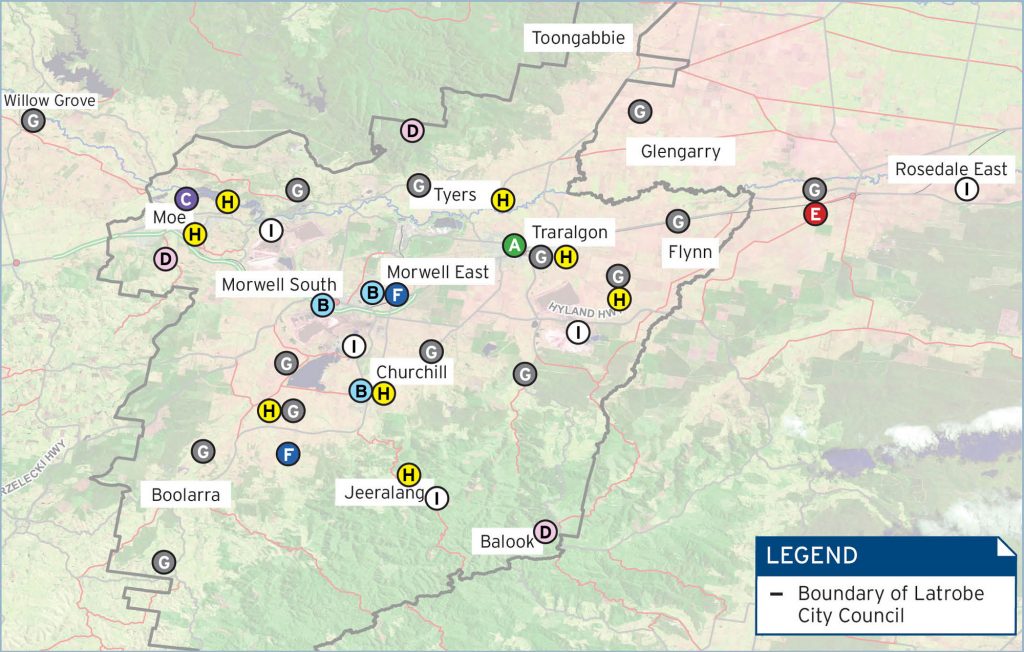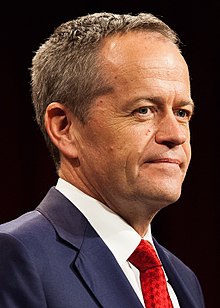The $150m, 200MW Bookaar Solar Farm in Victoria is set to start construction in July next year, if local residents trying to scupper the plans don’t have their way.
Bookaar Solar Farm

The 200MW Bookaar Solar Farm will feature around 700,000 solar panels, according to the ABC. It is located 10 km to the north of Camperdown, in South West Victoria. It’s being developed by Bookaar Renewables Pty Ltd (a partnership between the landowners and Infinergy Pacific)
According to the official website, there are six main reasons they chose that particular location:
- Good degree of flat land within the land holding.
- Good solar resource.
- Simple grid connection options onsite, with capacity on the lines for the required generation size.
- Extensive farming land.
- Good transportation links and site access.
- Low visual impact – they are hoping to add to existing screening by planting a vegetation screen around the perimeter of the solar farm so neighbour views aren’t as obstructed.
During the construction period it is estimated that the project could provide jobs for up to 150 workers over the course of a year and more. Following this, 12 full time local jobs will be created over the 30 year operational period of the project.
The project’s Planning Application and Assessments will be submitted to the Corangamite Shire Council in May 2018. If approved, construction will begin in late 2019 and be completed by late 2019 or early 2020.
“The development would be operational for 30 years, after which it would be decommissioned and the site returned to its pre-development status,” the application to council states.
With that said, there is still some solar farm opposition due to its planned size.
Bookaar Solar Farm Opposition
The farm is estimated to be around 6 square kilometres in size, in comparison to Camperdown (where the farm will be built near) which is only 4 square kilometres. As a result, some of the residents are a little uneasy about the impact this farm may have on their investments/lives.
Over 30 people turned up to a meeting a fortnight ago where the Boookaar Community Action Group discussed the ‘immense’ size of the project.
“The clincher is that it’s 605 hectares, over 1500 acres, just by sheer size it’s an immense problem,” Chair of the group Andrew Duynhoven told the meeting.
“The actual solar farm is the size of Camperdown, plus a quarter.
“It’s massive. It’ll probably be the biggest solar farm application in Australia at the moment.”
Dynhoven elaborated that he is pro-solar but the ‘sheer scale’ of the farm is making them nervous:
“I’m not against solar. I’d love to have solar on the dairy, and in the near future that will occur, but I’m against the sheer scale of this.”
Given the small size of Camperdown and the big solar farm, it is more understandable than most solar farm NIMBY opposition. The residents are also concerned about glint, glare, and the classic: using ‘prime agricultural land’ to build a solar farm.
A public information meeting will be held at the Camperdown botanic gardens at 1pm on Sunday for anyone interested in following this along. Further discussion about the farm can be found on The Standard‘s website.





